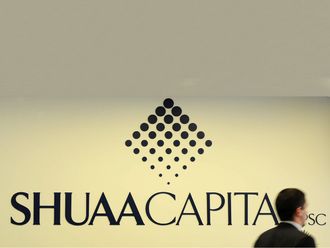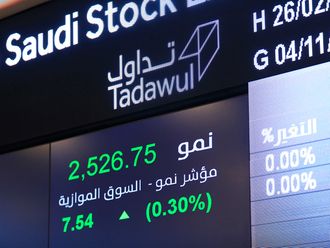What are the expectations of the Islamic banking industry towards the 1.6 billion Muslims and interested non-Muslims? What obligations do the Muslims have towards Islamic banking? In 40 years, the industry has finally breached the $1 trillion (Dh3.67 trillion) market, yet the larger percentage of bankable Muslims have a bias towards conventional finance, and Islamic finance has, at best, reached to 2-3 per cent of all Muslims.
Today, Islamic banking is more about form over substance; access to compliant capital to the selected few and investment opportunities to even fewer! The financial enfranchisement of Muslims living on less than $1 per day is a major challenge as they are neither on the radar screens of Islamic financial institutions nor have access to appropriate Islamic Small and Medium Enterprises (SME) and micro-financing.
Islamic banks have a fiduciary duty, but it is confined to the shareholders and the deposit taking community in Muslim countries where Islamic finance has taken root. At best, zakat contributions, may make its way out of the country, like the UAE, and directed towards the "least, lost, and last" in distant lands.
Where is the social justice and financial inclusion espoused by Islamic finance or is that confined to the process and structure of the transaction.
Yet, today's Islamic banking seems more about Group of 20 (G20) Islamic finance hubs, wholesale transactions, and the very small amount of bankable customers residing in the Organisation of Islamic Conference (OIC) and selected G20 countries, such as the UK, and all promoted by the weekly commercial biased Islamic finance conferences.
There are more non-Muslim country Islamic finance hubs than declared Muslim country hubs of Bahrain, Dubai, Malaysia and Indonesia! Either the non-Muslim countries have insights about the future of Islamic finance growth development or it is a liquidity capture play by the former over the latter.
If we are to look at some common Islamic finance activities, there is a bias towards Sharia compliant capital landing in non-Muslim countries. To address ‘short' term liquidity management, estimated to be $6-$10 billion per day, the underlying is accessed from the London Metal Exchange. About 85 per cent of market capitalisation of the S&P Global Islamic Index (March 2010) is in G20 countries, hence, Islamic equity funds have corresponding bias.
Finally, pre-credit crisis acquisitions by high profile Islamic ‘investment' banks like Investment Dar, ArCapita, and Gulf Finance House included high profile car companies like Aston Martin, obviously, not a by-product of Muslim countries.
Beyond the Organisation of Islamic Conference website and stock exchange events, what is known about the OIC? It has 23 per cent of the world area, 24 per cent of world population, and 7.6 per cent (or $4.7 trillion) of world GDP (2008), but is there an OIC stock index, Islamic or conventional, much like Brazil, Russia, India and China (BRIC) Index? No. Is there an OIC trading platform? No. Are there OIC labelled equity or bond funds? No.
Thomson Reuters has synthetically created an OIC Credit Default Swap (CDS) index for purposes of understanding risk and mitigating it is paramount for investors entering new markets. Islamic finance is, at one level, an OIC phenomenon, yet, very few instruments associated with OIC, conventional or Islamic. OIC needs to move beyond feel good meetings and towards real time data, tangible benchmarks and platforms for portfolio and direct investments.
Conferences
Islamic finance conferences have had a commercial only bias towards the bankable Muslims and (wholesale) non-Islamic users (raising money and promoting products). One by-product is conference ‘fatigue'.
Having been on the global conference circuit for last decade plus, two major suggestions:
n Notwithstanding the high profile World Islamic Economic Forum (WIEF), a high level intra-OIC event is the need of the hour on building bridges between Muslim countries (OIC) and G20 countries. The focus should be on non-banking issues like education, health care, clean water, micro-finance, corruption, poverty eradication, etc.
n The Obama Administration, as part of reach out to Muslim countries, has an official dedicated to OIC countries, Rashid Hussain, thus, an opportunity to combine the Obama's ‘reach out' with establishing a path of opportunity for non-bankable Muslims.
For Islamic finance, a lack of Muslim inclusion should be a greater concern than lack of standardisation. When we speak of convergence, it may well entail technology (mobile phone) and banking for the non-bankable Muslims. Hello, is Islamic finance listening at the other end?
The writer is Global Head of Islamic Finance at Thomson Reuters. Views expressed are his own and do not reflect that of his organisation or of Gulf News.












